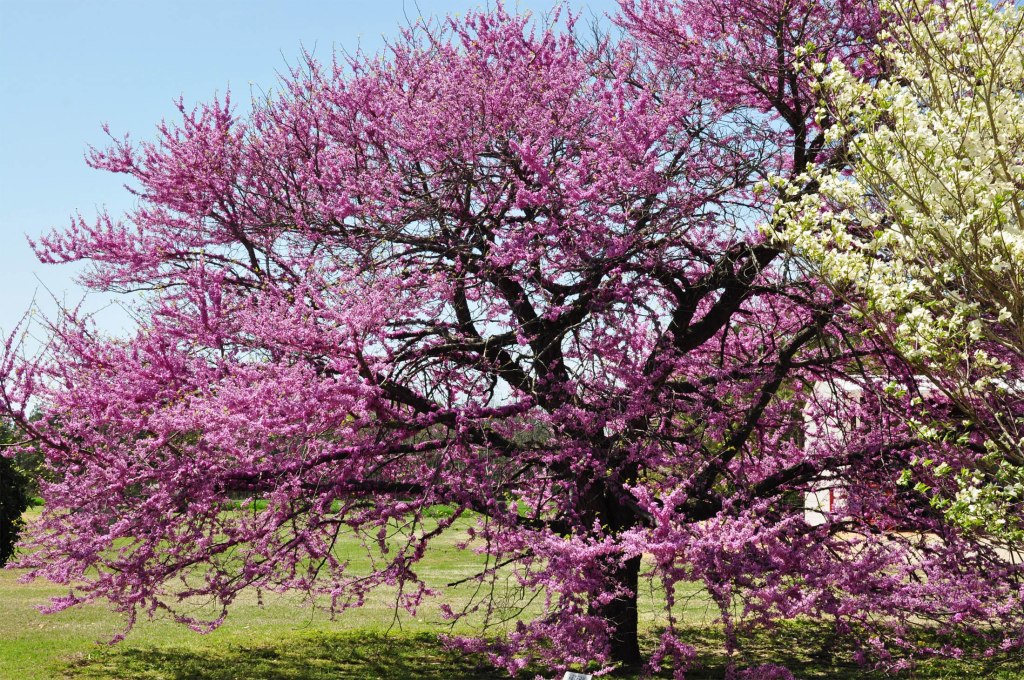I had stopped by my coworker’s house to drop something off. She was elderly and proper, tall and elegant, but cranky, and given to airs, and while I thought I would just stand on the stoop of her modest home for the hand-off, she insisted I come in.
She walked me through her small rooms like a docent in a long-forgotten writer’s home, one of those dusty little places preserved by ardor, quarters and a folding bill or two. The kind of place where, halfway through the tour, you can’t decide if the docent is a scholar of the writer’s work or a half-mad imaginary lover.
She walked me past the sugar chest, the Duncan Fife, maybe something Sheraton, the Limoges or Haviland, or Wedgwood china. There wasn’t much of it, what she pointed out with such love and pride, and I was too young to appreciate any of it, although I was polite, knowing these few items stood in place of the things she once thought would be bigger, grander, more. She was neither mad nor a fantasist, but prideful and disappointed, yet she made the most of her few but fine possessions.
Then, as it was early summer, we had to walk the grounds, the small plot of land that was her backyard. Along the fence row were bushes and shrubs, some flowering, some just past, and we walked slowly in front of them, as if inspecting the troops, her hand lightly sweeping across each one as she told me its provenance, its common name, and when she could recall, its name in Latin.
I was missing a Joan and David shoe sale for this, one I planned to hit before returning to the office in those stolen minutes on either side of an errand, shoes my own particular vanity back then. Even so, as I pulled away from her tidy house on the small street I grudgingly admired her knowledge of and her care for things, especially flowers and shrubs, and saw in a new light the blooms she brought into the office throughout the year, stems wrapped in wet paper towels, a vase dug out from under her desk.
Fast-forward and now I care deeply about plants, their names, their provenance. And while I don’t inspect them in quite the same militaristic way, I offer greetings each morning as I walk around the yard, cheerful, happy greetings, like I did when I still worked and poked my head into open offices as I I toddled down the hall.
I am neither schooled nor trained in any way, but sometimes friends ask me to come over and identify plants or blooms in their yard. Some things I identify, some I can’t. But it doesn’t matter because I have an app on my phone that will tell us anything we want to know about flora.
It is called “Picture This,” and it is to flowers and trees what “Shazam” is to the music world. Instead of naming a song in a few seconds, “Picture This” will tell you what plant you are looking at once you snap a photo and wait for the results. Already this week I have identified a bald cypress tree, arborvitae, and the Star of Bethlehem.
Star of Bethlehem crops up in one small spot in my yard and I have no idea what I am looking at. It is small, delicate, and blooms in early spring with these little white starburst flowers. I usually pull them up because there is something of the weed about them, but then I identified it by name, and I found the name lovely.
It is a pretty little plant, and I was all tenderhearted about it until I read it can also kill you. Well, maybe just the bulbs can, and some sources say it is invasive, although mine have never overrun the yard. But I dig them up regularly, bare-handed, which is a no-no, apparently, as they can be toxic.
But just now I read they date from the Middle Ages and the Crusades so I am back in love with them. They don’t really hurt anything, with their slender leaves shooting up then draping gracefully, waiting for the white blooms to arrive. I guess I will leave them as they are.
I think of my old colleague, and her insistence on names, not just a plate, but Limoges. Not a chair, but Queen Ann. Not just a shrub, but a mophead hydrangea. She knew these things like family, loved them like family, too, I think.
My relationship to possessions is different from hers, in almost every way. Yet, now I, too, like knowing the names of things, their requirements for a long life, their habits and peculiarities. As much as I am able, I mean to accommodate. It works in the garden, it works with friends and loved ones. It works in life.





